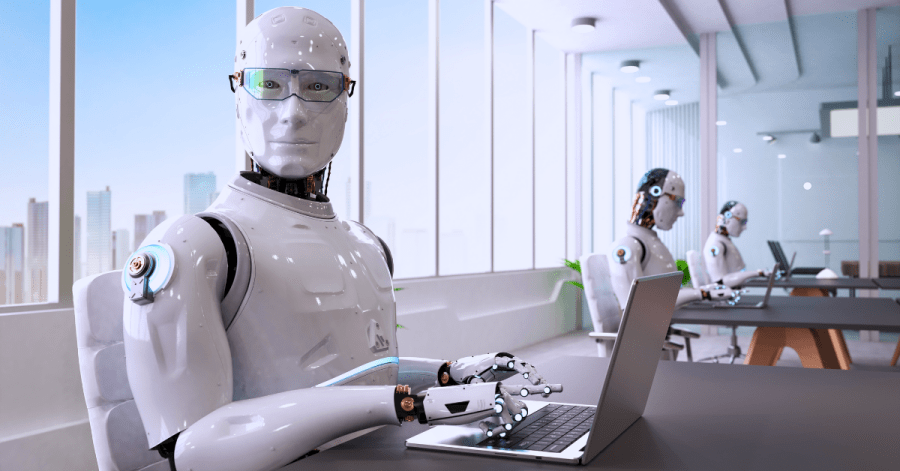Unlocking Innovation: The Power of Transfer Learning in AI Across Industries
In the dynamic landscape of artificial intelligence, where data is king, transfer learning emerges as a game-changing technique that fuels efficiency and innovation. At its core, transfer learning leverages knowledge gained from one task to enhance the performance of another, accelerating the pace of AI advancements. In this article, we delve into the realm of transfer learning, exploring its concepts, applications, and the transformative impact it has on various industries.
Understanding Transfer Learning:
Transfer learning is a machine learning approach that empowers models to leverage knowledge gained from one domain to improve performance in another, related domain. Traditional machine learning models start from scratch, learning patterns and features solely from the data provided for a specific task. Transfer learning, on the other hand, enables models to build upon the knowledge acquired from a pre-trained model on a different task, leading to faster convergence and improved accuracy.
The Pillars of Transfer Learning:
Transfer learning is built on three fundamental components:
- Source Domain: This is the domain where the model is initially trained on a related task. The model learns valuable features and patterns during this phase.
- Target Domain: The target domain is where the model is applied to a new task. The model uses the knowledge gained from the source domain to enhance its performance on the target task.
- Transfer Mechanism: The mechanism by which knowledge is transferred from the source domain to the target domain. This can involve fine-tuning, feature extraction, or a combination of both.
Types of Transfer Learning:
Transfer learning can be categorized into several types, each with its own applications:
- Inductive Transfer Learning: The most common type, where a pre-trained model is fine-tuned on the target task using a smaller dataset.
- Transductive Transfer Learning: This involves transferring knowledge within the same task, such as transferring knowledge from one language to another in natural language processing.
- Unsupervised Transfer Learning: Knowledge is transferred from a source domain without labeled data, and the model adapts to the target task with unsupervised learning.
Applications in Diverse Industries:
The versatility of transfer learning makes it applicable across a wide range of industries:
- Healthcare: Transfer learning aids in medical image analysis, where models trained on a large dataset of X-rays can be fine-tuned to detect specific diseases, reducing the need for extensive new data.
- Natural Language Processing: In language translation, sentiment analysis, and chatbots, transfer learning accelerates training and improves accuracy by transferring linguistic features.
- Computer Vision: Models trained on extensive datasets for object recognition can be repurposed to perform tasks like facial recognition or autonomous driving.
- Finance: Predictive analytics benefits from transfer learning, as models can apply insights from one financial market to make predictions in another market.
Challenges and Future Directions:
While transfer learning offers remarkable potential, challenges such as negative transfer (where the source knowledge hinders performance), domain adaptation, and ethical considerations need careful attention. As AI continues to evolve, transfer learning's synergy with other techniques like federated learning and continual learning promises exciting advancements.
Conclusion:
Transfer learning is undeniably shaping the future of artificial intelligence. By enabling models to capitalize on previously acquired knowledge, we're witnessing a quantum leap in AI's capabilities, enhancing efficiency and fostering innovation across various domains. As transfer learning matures, it's crucial to maintain a balance between data privacy, model robustness, and ethical considerations to harness its potential responsibly.
















